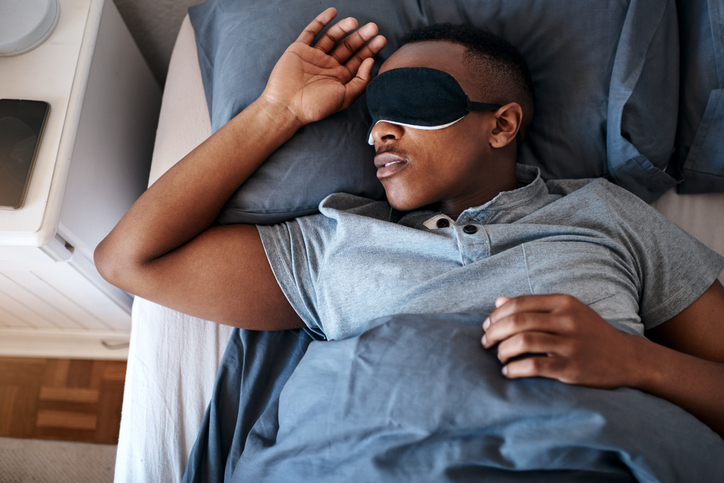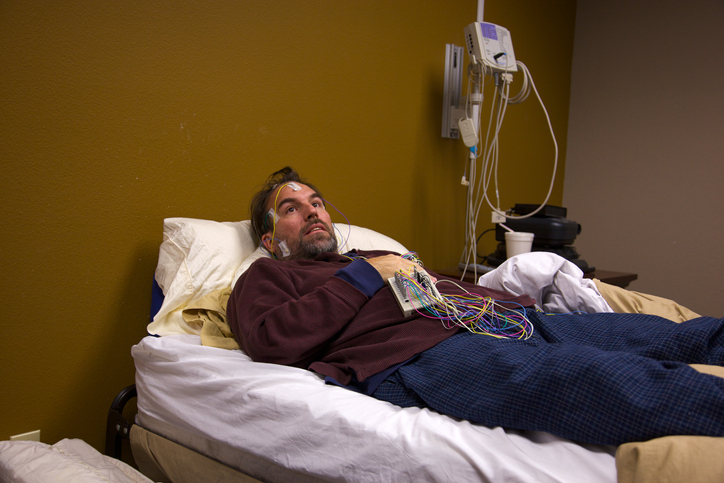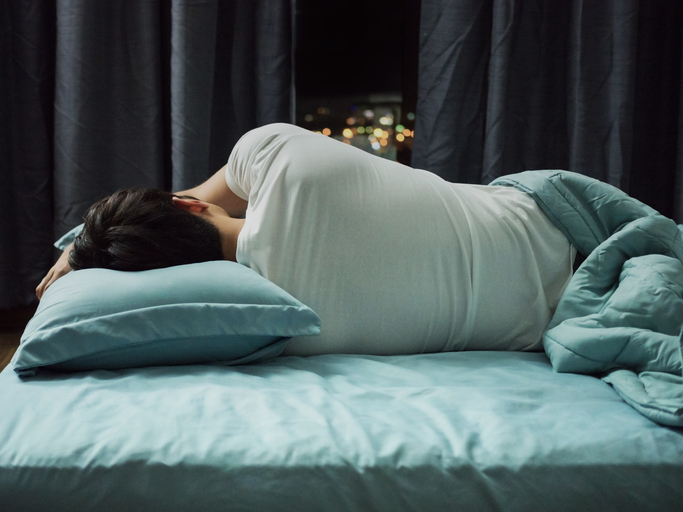Living with Chronic Pain
Types of Insomnia

5 people found this helpful
Print
Share
Save
What is insomnia?
Insomnia is the most common sleep disorder in the United States. Insomnia involves trouble falling asleep, staying asleep, or a combination of both. It is estimated that 50% of adults experience acute (short-term) bouts of insomnia, and 10% of adults deal with chronic (long-term) insomnia.
Insomnia is classified into several types based on what causes the insomnia, how long it lasts, and how it affects sleep.
Types of insomnia based on cause
- Primary insomnia
Sleep difficulties are not related to any other health condition, medication, or substance. - Secondary insomnia
Sleep difficulties are associated with another physical or mental health condition, such as chronic pain, arthritis, anxiety or depression. Secondary insomnia is also known as comorbid insomnia. It can also occur as the result of a medication or substance, such as alcohol.
Types of insomnia based on length of time
- Transient insomnia
Insomnia that lasts for less than one month. - Short-term insomnia
Insomnia that lasts for at least one month but less than six months. - Chronic insomnia
Insomnia that lasts for at least six months.
Types of insomnia based on how sleep is affected
- Early insomnia
Early insomnia specifically involves trouble falling asleep. Stress, anxiety, and depression are common causes of early insomnia, but it can also be related to another sleep disorder, such as restless legs syndrome. Early insomnia is also known as initial or onset insomnia. - Middle insomnia
This type of insomnia involves difficulty staying asleep. It is most commonly associated with secondary insomnia. It is also referred to as maintenance insomnia. - Late insomnia
Late insomnia involves early awakening before enough sleep has occurred. It is also known as terminal or early morning awakening insomnia.


















